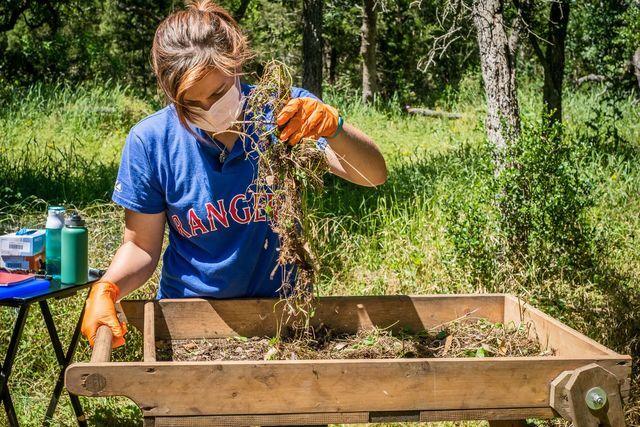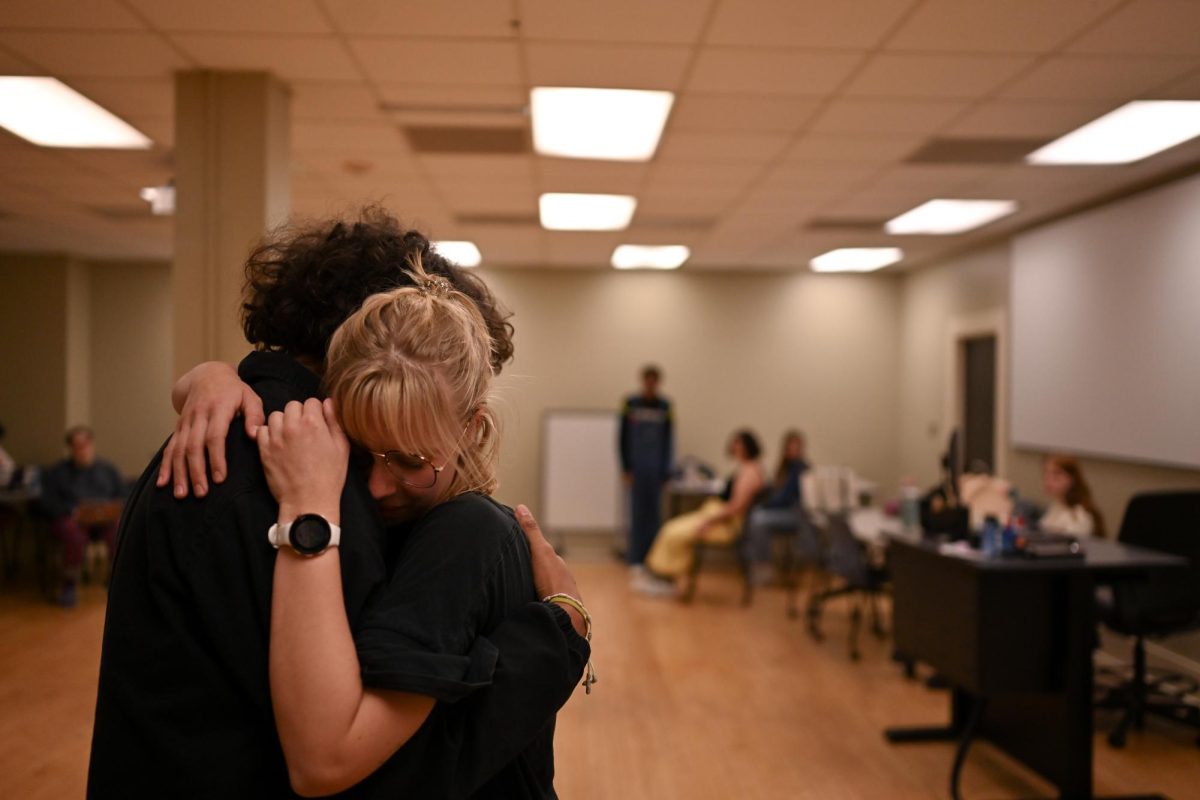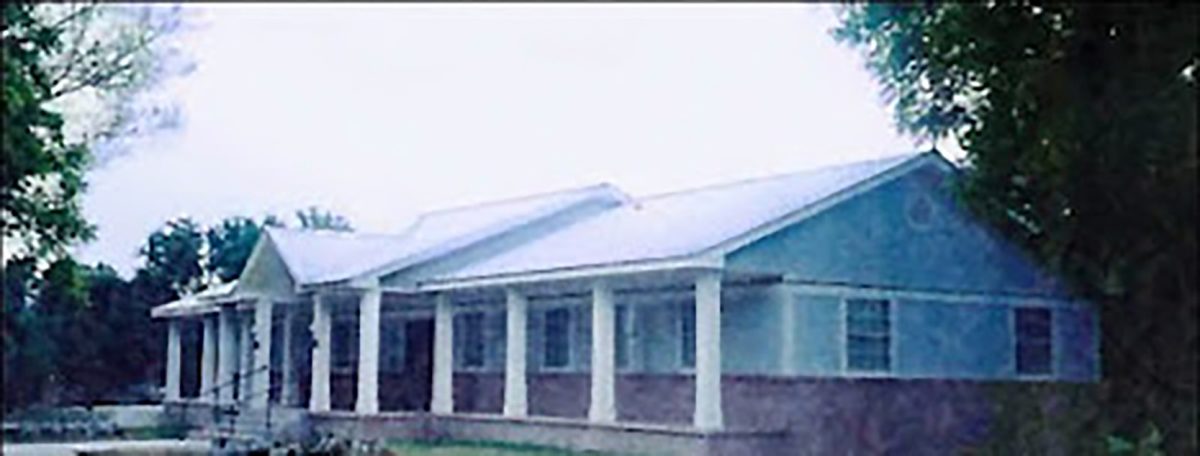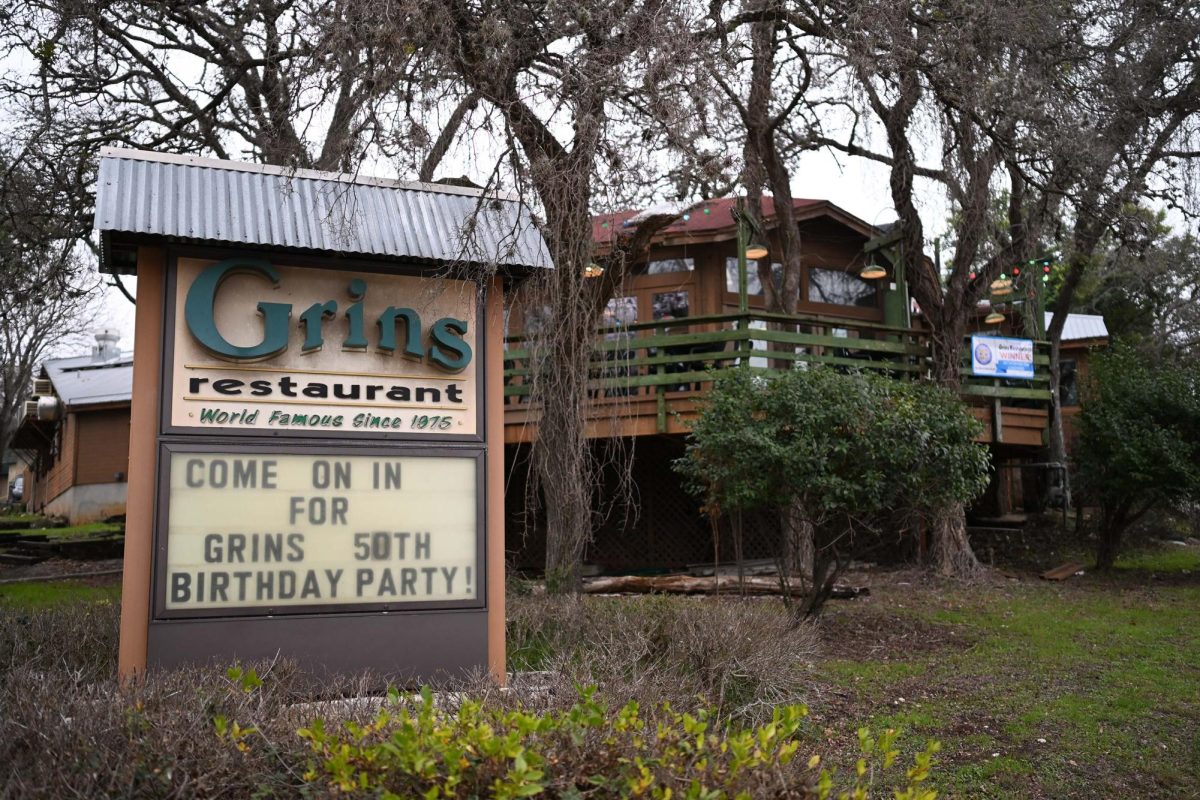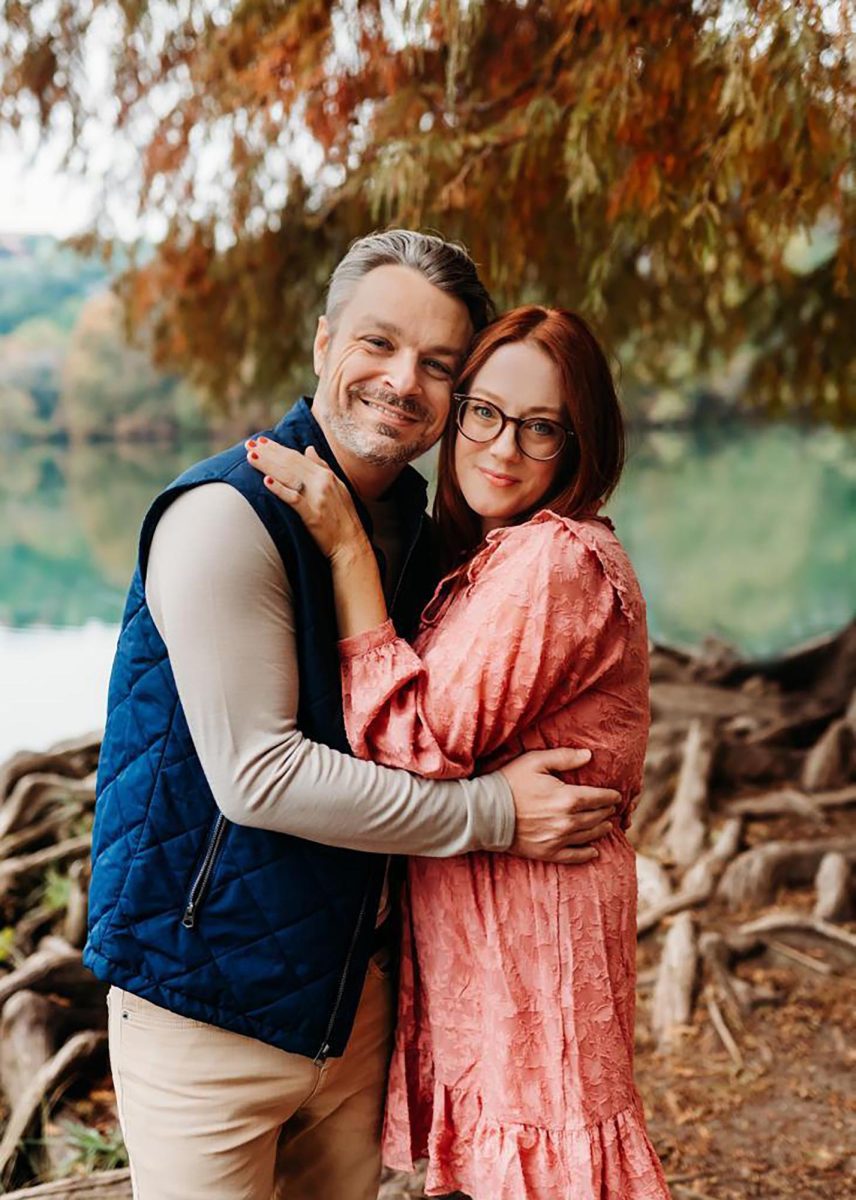Human remains can be found in various states of decay across Freeman Ranch, dedicated to forensic anthropological research.
The Forensic Anthropology Research Facility, otherwise known as FARF, is a 26-acre plot of land located at Freeman Ranch just Northwest of San Marcos.
The ranch keeps human corpses outside in various conditions in order to document data, such as time of death and identification. The size of the facility makes it the largest outdoor decomposition facility in the world.
Forensic Anthropologists study how factors like temperature, sun exposure, insects and microbial organisms interact with human decomposition. Because there are several variables involved in the breaking down process, the demand for a large database of research is high. FARF serves as a desirable research facility for students, law enforcement and researchers from all over the world.
Cadavers in the field are subject to different controlled variables. Most remains will be placed in a cage to protect them from animals, but some will be left in the open to study the effects large scavengers have, like vultures.
Daniel Wescott, Forensic Anthropology Center director, teaches a Forensic Anthropology Methods course to graduate students and a Human Osteology course to undergraduate students at Texas State. He is involved in researching ways to more accurately estimate the time passed between an individual’s death and discovery of the remains: the post mortem interval.
“There’s a lot of stuff to do,” Wescott said. “You would think we know everything about how a body decomposes, but it turns out we know very little.”
Being the largest facility of its kind, FARF attracts researchers from around the world in disciplines such as anthropology, etymology, micro-biology and soil science. The facility also educates statewide law enforcement in training dogs to detect human remains. Both undergraduate and graduate students in related fields have access to this asset as well.
Deborah Cunningham, biological anthropology and anatomy lecturer, said the facility is very beneficial to Texas State.
“Because our faculty are such active researchers and are helping to move the science of forensic anthropology forward, we contribute to the communities, both locally and across the state of Texas and sometimes across the world,” Cunningham said.
Students can get hands on, forensic experience at the facility, whether it be preparing experiments in the field or in the Osteology Research and Processing Lab, or ORPL. In these labs, students can gain experience in forensic casework and processing donated skeletons for the Texas State Donated Skeletal Collection in a laboratory.
Because of its active researching faculty, students and donors, FARF attracts prestige in the research community and research grants for the university.
Shelby Garza, anthropology graduate student, is the graduate research assistant at FARF. She conducts disarticulations, which is when the anthropologists collect the decomposed skeletons from the sites. She assists with workshops and clearing sites for placement.
“Being able to study decomposition in such depth and detail has helped immensely with the amount of opportunities I get,” Garza said.
Opportunities like these are available to students in fields such as forensic anthropology, microbiology, etymology and more.
Since its establishment as one of Texas State’s research facilities in 2008, FARF has been working with law enforcement in casework and medico-legal operations, as well as studying mummification and estimating the countless environmental effects on human decomposition. Researchers are in the process of developing a system for locating clandestine remains using drones and aerial imaging.
The work being done at the cadaver farms is giving students the opportunity to move forward in research that has never been done before.
Categories:
Texas State owns the biggest outdoor cadaver farm in the world
November 15, 2018
0
Donate to The University Star
Your donation will support the student journalists of Texas State University. Your contribution will allow us to purchase equipment and cover our annual website hosting costs.
More to Discover


